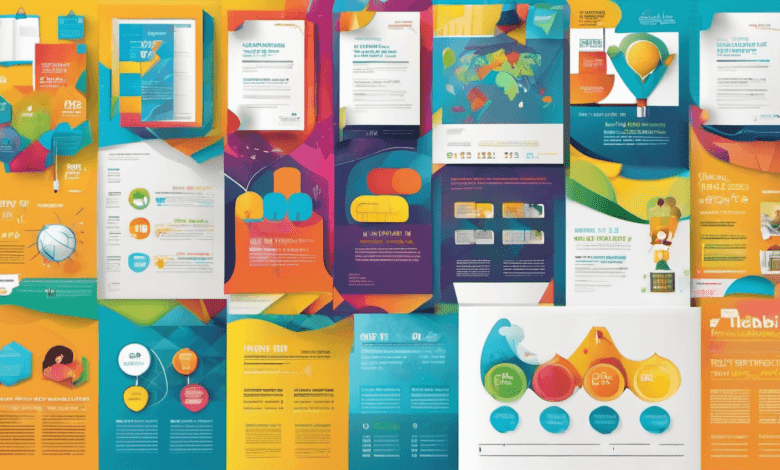Harnessing Negative Space in Flyer Design

In the dynamic world of graphic design, the concept of negative space is a powerful tool that often goes unnoticed. Negative space, the area around and between the main elements of a design, has the potential to transform a flyer from good to exceptional. In this blog, we will delve into the art of harnessing negative space in flyer design, exploring its significance, and techniques, and showcasing examples that highlight its impact.
Understanding Negative Space
Negative space, often referred to as white space, is not just empty or unused space; rather, it plays a crucial role in shaping the overall visual experience. It is the breathing room that allows the main elements of a design to stand out and communicate effectively. To truly appreciate the power of negative space, one must understand that it is not just an absence but an integral part of the composition.
Customizing Flyer for Negative Space
To make the most of negative space in your flyer designs, consider customizing flyers. These templates often come with well-thought-out layouts that can serve as a foundation for your creative endeavors. By customizing these templates, you can ensure a harmonious balance between the main elements and negative space. Customize flyer templates to suit your specific design needs. Experiment with different fonts, colors, and layouts to find the perfect combination that allows negative space to shine.
Whether you are designing a promotional flyer or an event flyer, starting with a well-crafted template can streamline the process while providing a solid framework for incorporating negative space effectively.
The Significance of Negative Space
Negative space is not merely the background; it is an active participant in the storytelling of a flyer. It influences the viewer’s perception, guiding the eye and emphasizing the focal points. By mastering the use of negative space, designers can create flyers that are not only aesthetically pleasing but also communicate the intended message with clarity.
Techniques for Effective Negative Space Utilization
Achieving balance in negative space requires a thoughtful approach. Designers employ various techniques to make the most of this space and enhance the visual impact of their flyers.
1. Simplicity is Key
Embrace simplicity in design. By minimizing unnecessary elements, you allow negative space to play a more dominant role. A clutter-free composition not only looks visually appealing but also ensures that the audience can easily grasp the intended message.
2. Use of Contrast
Contrast is a powerful tool in design, and it extends to negative space as well. By creating a stark contrast between the main elements and the surrounding negative space, you can draw attention to specific areas of the flyer. This not only adds visual interest but also guides the viewer’s focus.
3. Strategic Placement
Consider the placement of your elements thoughtfully. Leaving ample negative space around the main message or focal point can create a sense of importance and draw attention to the key information. Experiment with different arrangements to find the most impactful composition.
4. Incorporating Hidden Shapes
Negative space can be utilized creatively by incorporating hidden shapes within it. This adds an element of surprise and engages the viewer’s imagination. Cleverly integrating negative space in this way can elevate the overall design.
Examples of Effective Negative Space Utilization
Example 1: Minimalist Movie Flyer
In this minimalist movie flyer, negative space is cleverly used to depict the protagonist’s silhouette. The simplicity of the design allows the audience to focus on the essential elements, creating intrigue and prompting curiosity about the film.
Example 2: Product Advertisement
This product advertisement employs negative space to emphasize the sleek and modern design of the featured product. The strategic use of white space around the product creates a sense of sophistication, making the item stand out.
Example 3: Event Flyer
For an event flyer, negative space can be utilized to highlight key information such as date, time, and venue. The surrounding white space ensures that the details are easily readable, contributing to the overall effectiveness of the design.
Conclusion
In the world of flyer design, negative space is a silent yet potent force. By understanding its significance and employing various techniques, designers can create visually compelling flyers that leave a lasting impression. Remember, negative space is not just an absence; it is a design element that, when harnessed correctly, elevates the entire composition.
As you embark on your next design project, consider the power of negative space. Embrace simplicity, leverage contrast, and strategically place elements to create a visual narrative that captivates your audience. By mastering the art of negative space, you can take your flyer designs to new heights, making them not only aesthetically pleasing but also highly effective in conveying your message.



